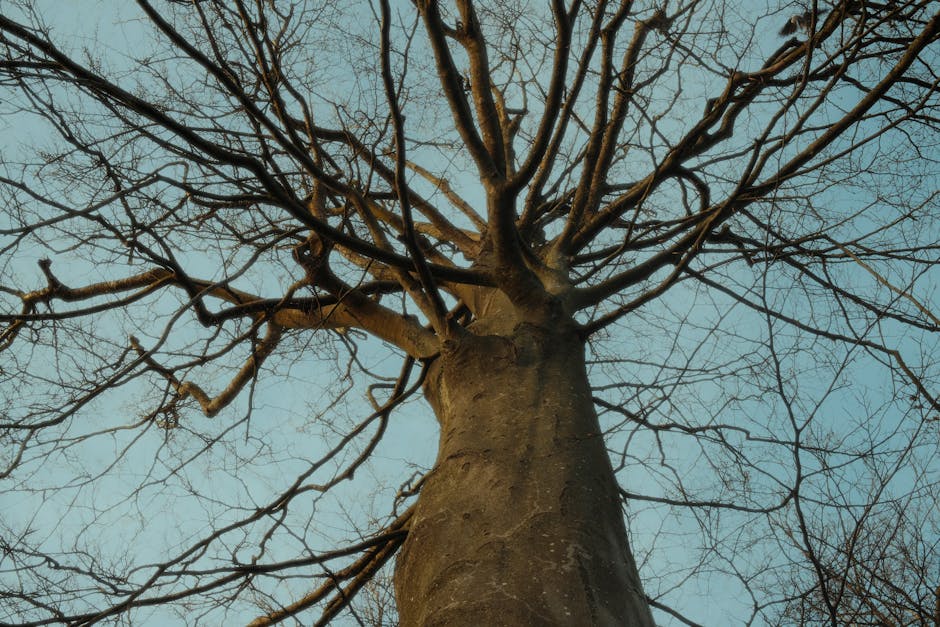The Dragon Man Mystery: A Denisovan Skull’s 80-Year Secret
The Dragon Man Mystery: A Denisovan Skull’s 80-Year Secret

Hey friend, remember all that buzz about the “Dragon Man,” Homo longi? Turns out, that incredibly well-preserved skull, initially thought to represent a new human species, is actually a Denisovan! And the story of how we finally figured this out is pretty wild.
This ancient skull, discovered in Harbin, China, in the 1930s, was secretly stashed away for decades to protect it from the Japanese occupation. Imagine keeping a potentially groundbreaking fossil hidden for most of your life! It only surfaced in 2018, and scientists initially classified it as a new species in 2021. But recent protein analysis has revealed the truth: its proteins match Denisovan samples, solving a long-standing mystery.
Denisovans are a bit of a ghost story in human evolution. We knew about them from DNA fragments found in caves, but physical fossils were scarce. Think of it like having a genetic fingerprint, but no actual body to match. Now, with the Harbin skull, we finally have a clear look at what a Denisovan might have looked like. It’s a game changer!
So, what did this Denisovan look like? The Harbin skull shows a flattish face, prominent brow ridges, large eye sockets, and surprisingly large molars. It’s a fascinating mix of features – some resembling older hominin species like Homo erectus, and others sharing similarities with modern humans. This “mosaic” of traits is common in the human family tree, but it makes the puzzle all the more interesting.
The initial classification as Homo longi was controversial, partly because defining species lines in human evolution is tricky. The fact that the Harbin skull’s features are closer to modern humans than Neanderthals added to the debate. But the protein evidence firmly places it in the Denisovan camp.
The Harbin skull is just one piece of the puzzle, but it’s a big one. It gives us a much-needed visual reference for Denisovans, a species that spanned a huge geographic area and likely showed considerable diversity. The discovery also raises the possibility that other fossils previously classified differently might actually be Denisovans, too. It’s an exciting time for paleoanthropology!
While we have a much clearer picture now, some mysteries remain. We still don’t know everything about Denisovan lifestyle, physical build, or even the sex of this particular individual. But the Harbin skull, with its long and fascinating history, has moved us significantly closer to understanding our elusive Denisovan cousins.
Disclaimer: This content is aggregated from public sources online. Please verify information independently. If you believe your rights have been infringed, contact us for removal.